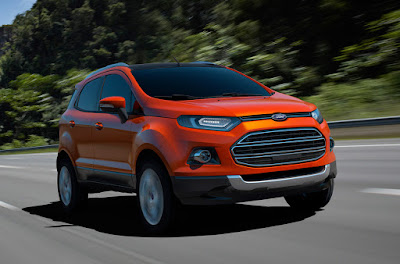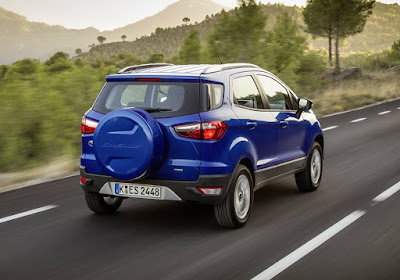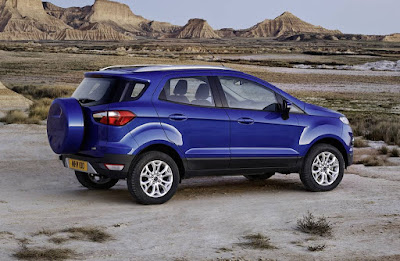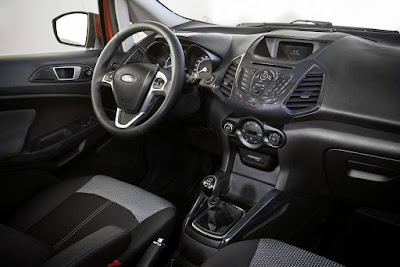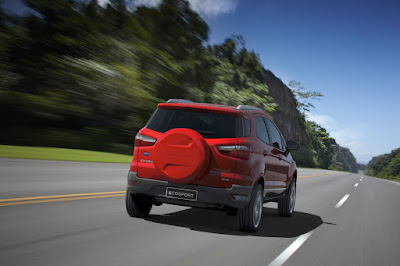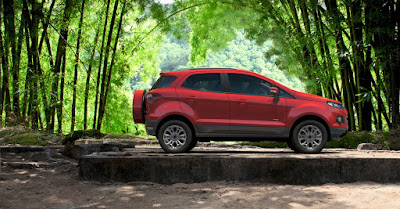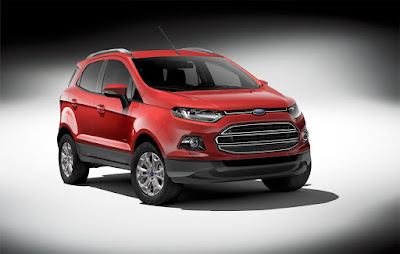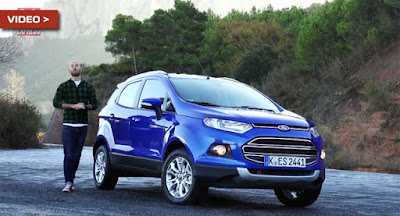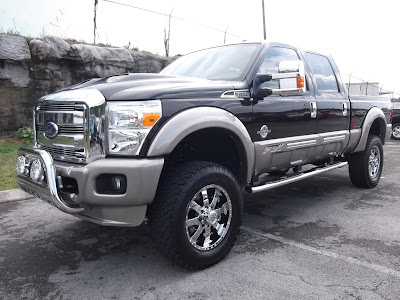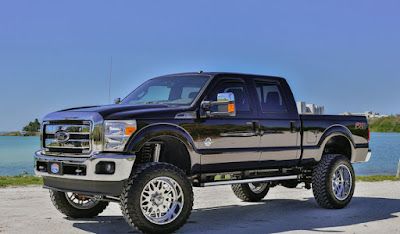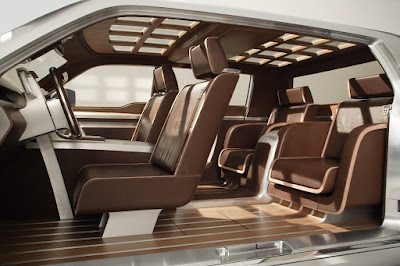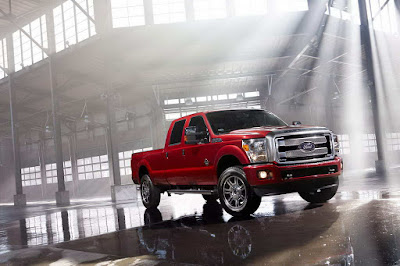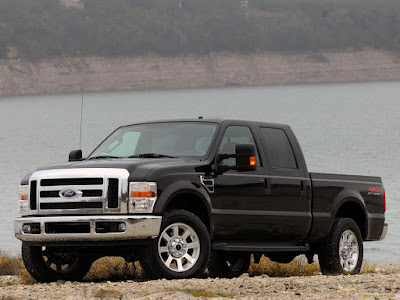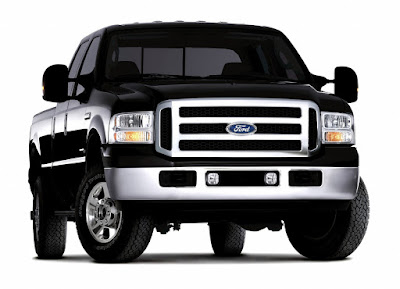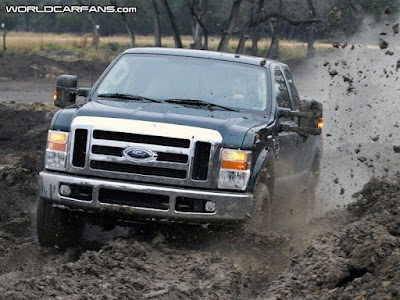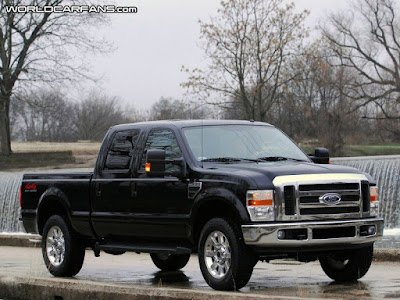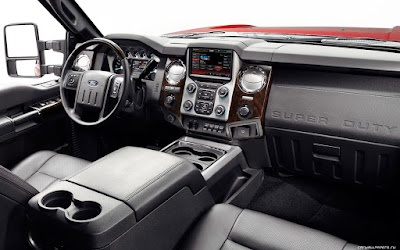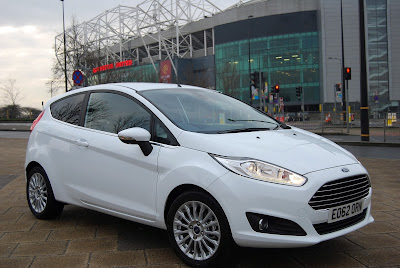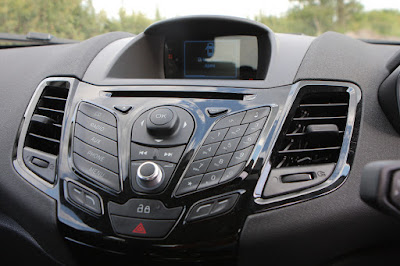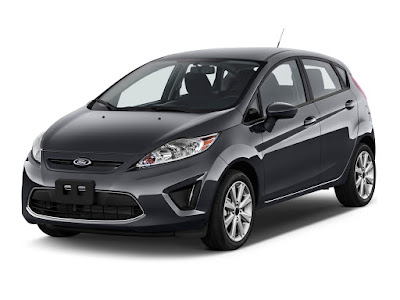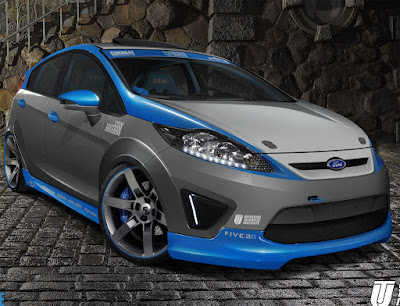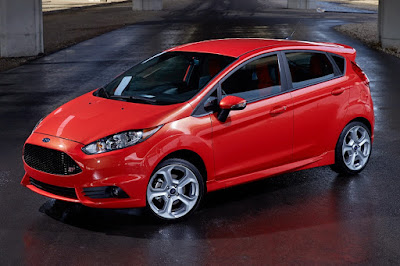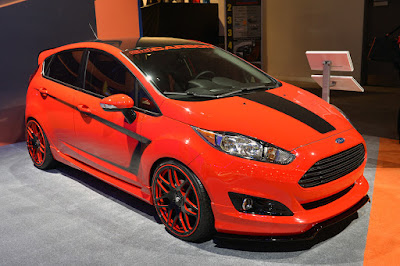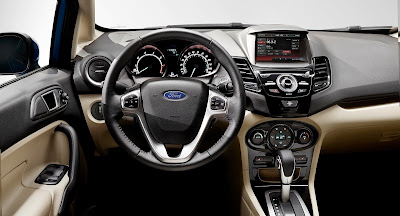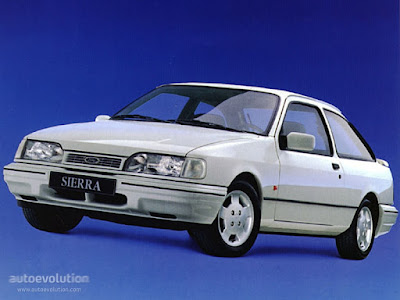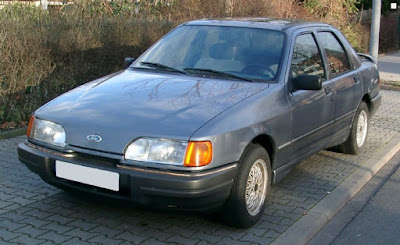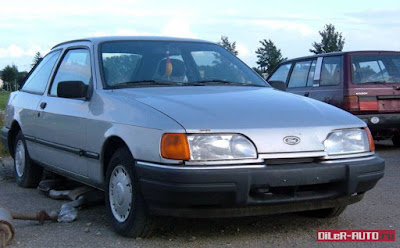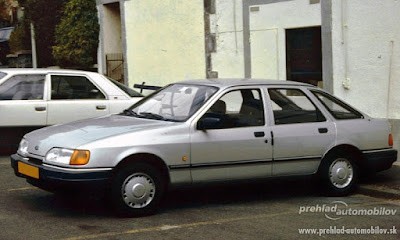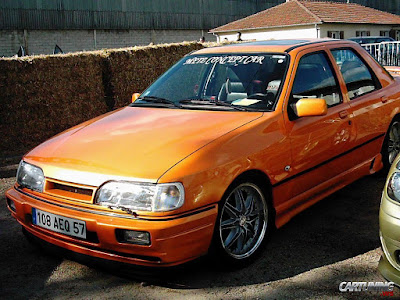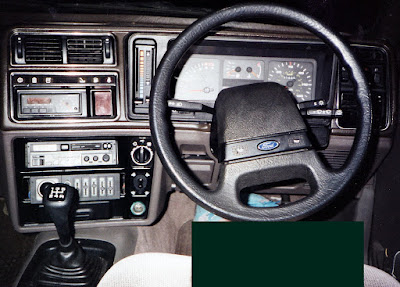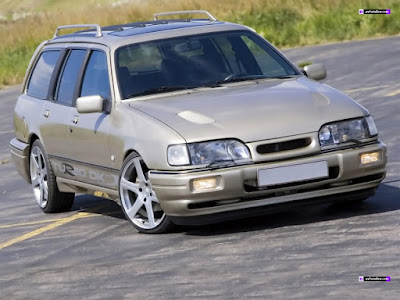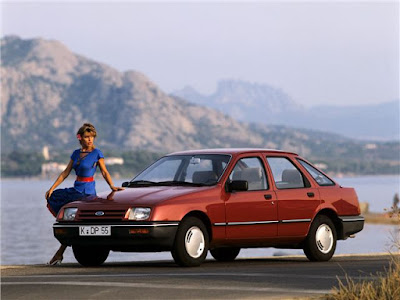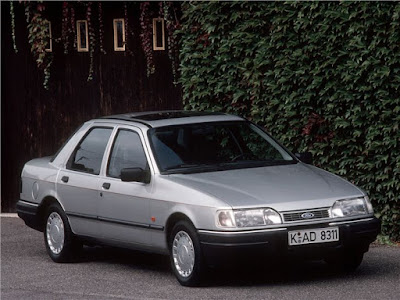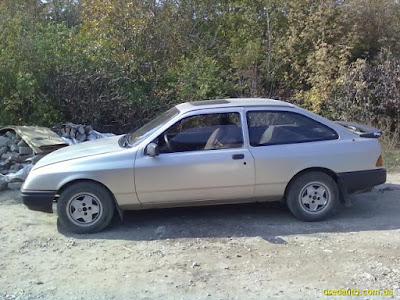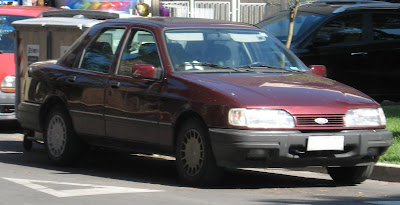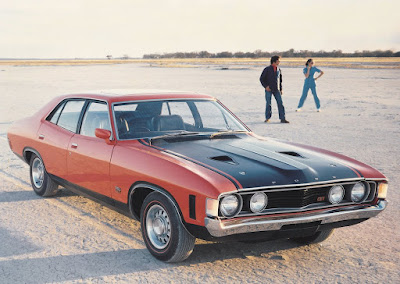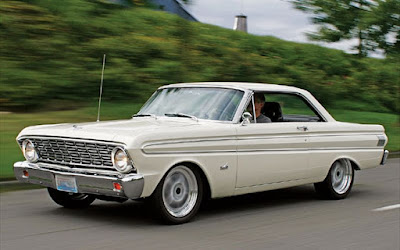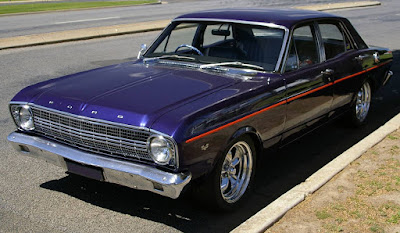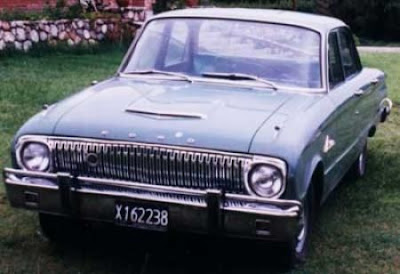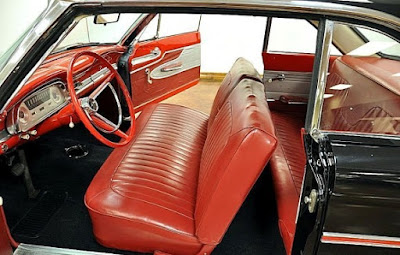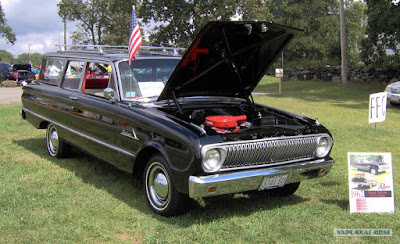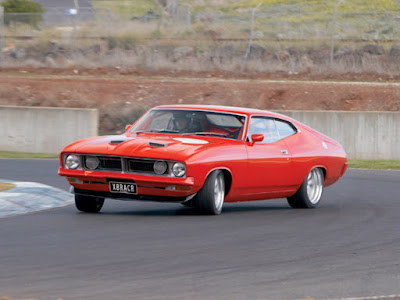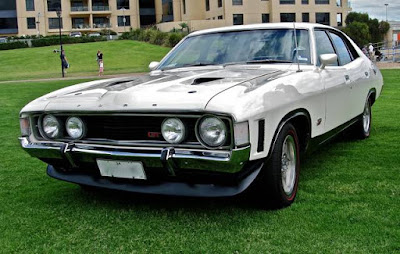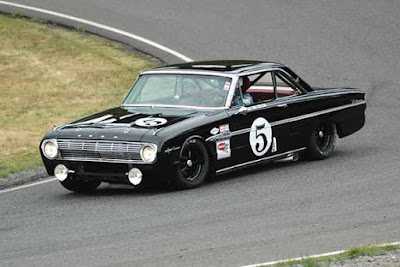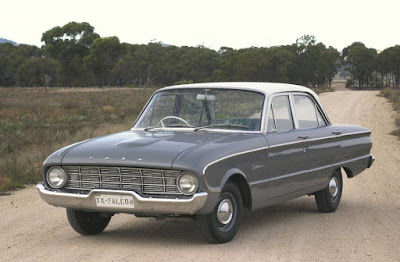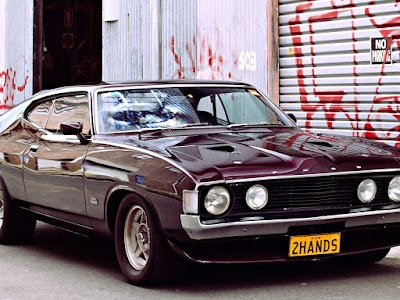In the early 1970s, the demand for small cars was high enough. Energy crisis in 1973 affected an increase in demand and Ford needed super mini class car in order to compete with Fiat 127 and Renault 5. After long period research and development, prototype was created and served as first Ford Fiesta at the end of 1975.
Family Compact 3 and 5 door hatchbacks of Ford Fiesta have been produced since 1976. The basic power unit for this model was 1.0-liter with 40-horsepower engine, but there were more powerful Fiesta models. For example, at that time, the version Ghia with 1.1-litre engine was capable of a maximum speed of 147 km/h.
The engine is quite compact and the radiator is classically-front, and to ensure the thermal mode at low speed movement it is equipped with an electric fan which heats automatically on the thermostat case.
Currently, 6th generation of Ford Fiesta are assembling and below series of these generations with their periods
1st generation of Ford Fiesta (1976-1983)
In 1976, the company presented the fruit of tireless creations. There were several options to choose such as 1.0, 1.1 and 1.3-litre petrol engines and new Ford Fiesta has acquired the status of ' world best car ' in first three months.
2nd generation of Ford Fiesta (1983-1989)
The model has become a bestseller in the UK as well as in Europe.
3rd generation of Ford Fiesta (1989-1997)
The main innovation is necessary to concentrate on appearance of a new body - the new generation Ford first introduced the 5-door version of the model.
4th generation of Ford Fiesta (1995-1999)
In parallel with the release of the third generation in 1995, Ford presented the next, fourth generation model, equipped with the new chassis and suspension. It has changed markedly and appearance-lines became smoother with modern technical equipment.
5th generation of Ford Fiesta (2002-2006)
In November 2005, on the market there was a restyled version of the Mk5 with many cosmetic innovations such as front and rear optics, bumpers and side moldings along with rear-view mirrors have been completely changed. The car is refreshed with a new color palette.
6-generation of Ford Fiesta (2008-)
Observing the platform with stylish Fiesta, Mazda has seemingly started to join into the fight, despite the same roots, because concept cars were still different, so different are the consumers.
Ford Fiesta was the TOP 10 best selling cars in Britain from 1977 onwards. In 1990, 1991, 1996-1998 model was recognized as ' the best-selling car abroad '.
Fiesta for the first time had diesel in 1983 and ABS in 1989.
10 Photos of Ford Fiesta
